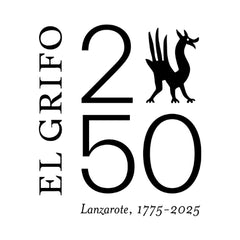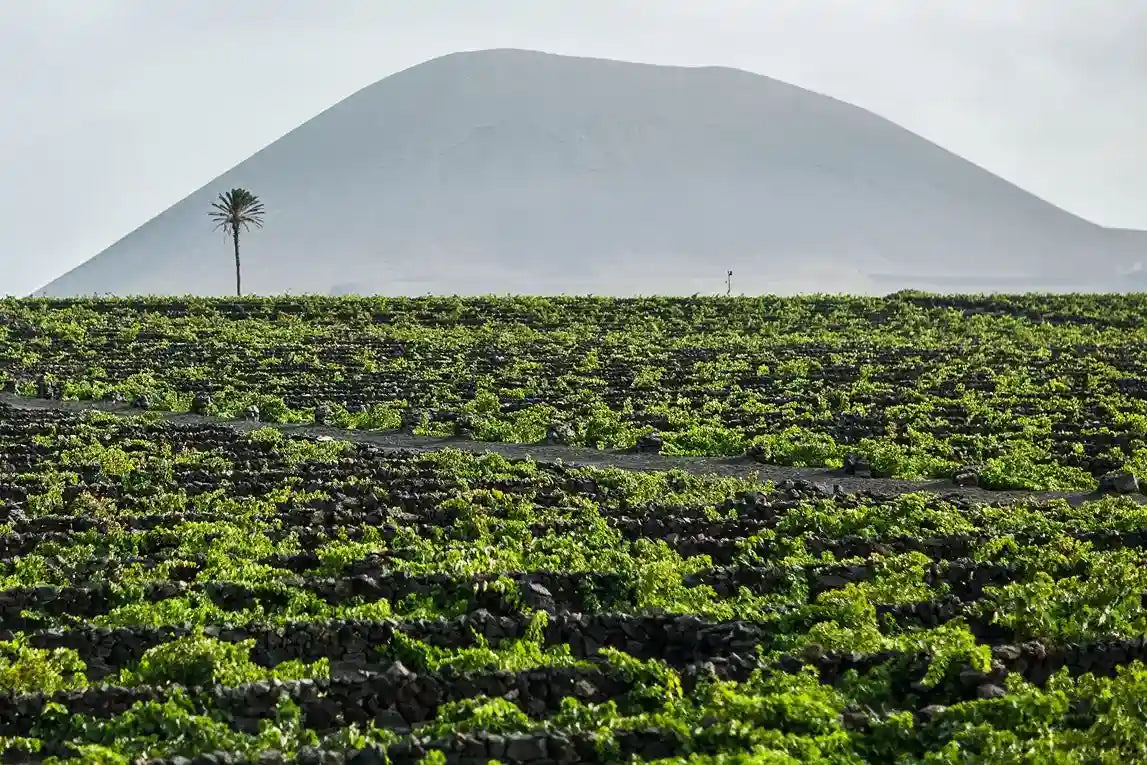
Malvasia is much more than a variety: it is a thread that weaves together history, commerce, technique and landscape.
In his June 2011 essay, “Atlantic Malvasia – Aromatic Malvasia. Doubts, errors and some certainties” , Juan José Otamendi , co-owner of EL GRIFO, proposes a critical and documented reading on the origin, the vicissitudes and the identities of Malvasia in the Atlantic axis, with special attention to the Canary Islands and Madeira .
The result is a text that questions topics repeated for centuries and opens up key lines of research for the future of EL GRIFO and the Malvasía Volcánica .
1) Origins and names: more questions than answers
Otamendi cautions against accepting weak hypotheses, such as the automatic derivation of the name "Malvasia" from Monemvasia , and suggests considering a possible Cretan origin (the Malevizi area) with a tradition of sweet wines dating back to Minoan times. The essay urges readers to carefully examine the sources and avoid forcing conclusions.
2) Madeira: neither Henry the Navigator nor the 15th century as dogma
Chronicles and testimonies are reviewed to question whether Malvasia was introduced to Madeira by order of Prince Henry or whether it was dominant in the 15th century. The most consistent records place the relevance of these wines from the 16th century onwards, and also point to reduced productions of Malvasia compared to other fortified white wines.
3) The Canary Islands: late rise and a “Canary” that changed from port to cup
In the first half of the 16th century , Malvasia was not the dominant grape variety in Tenerife (Romani and Torrontés varieties prevailed). Its commercial boom came later, driven by English demand. And here's a troubling fact: the wine exported wasn't exactly what was consumed in London ; it was altered (alcohol content, aging, color) at its destination, according to British tastes and the practices of the time.
4) Declines, reconversions and “fake Madeiras”
Between plagues (powdery mildew, downy mildew, phylloxera) and trade shifts, the Canary Islands' vineyards declined. In the 17th and 18th centuries, fortified and colored white wines that competed with Madeira and Port are documented, along with a shift towards grape varieties for broader markets. Nineteenth-century sources (consular reports, Barrioso 1877) paint a picture of decline and local adaptations .
5) Varietal identities: Malvasía Volcánica ≠ Malvasía de La Palma
The essay clearly distinguishes the Malvasía Volcánica —now the emblem of Lanzarote—from the Malvasía cultivated on La Palma (which coincides with that of Sitges ). Supported by ampelographic and molecular studies, it argues that the Volcánica is a distinct variety , more resistant and probably the result of a cross between Malvasía from Sitges and Bermejuela/Marmajuelo . It also refutes the idea that the Malvasía from La Palma is the “authentic” variety in terms of its historical significance and its deep roots on the island.
Why it matters today: keys to El Grifo and the La Geria landscape
For EL GRIFO, these pages are roadmaps . The affirmation of Malvasía Volcánica as a distinct identity—forged in extreme soil and climate conditions—aligns with the winery's lines of work: aromatic characterization , selection of native yeasts , precision viticulture , and harvest decisions made using maturity monitoring tools.
Juan José Otamendi emphasizes that varietal expression relies on aromatic precursors (especially terpenes such as linalool, geraniol, nerol, α-terpineol, etc.) and that their evolution doesn't always align with sugar levels. Hence the need to measure and make decisions based on more variables than just the probable sugar content: understanding the grapes plot by plot and aligning winery logistics with the phenolic and aromatic maturity of each vineyard.
An essay that changes the conversation
-
Uncompromising historical rigor. The text confronts myths (Madeira, chronologies, etymologies) and questions official narratives, proposing alternative readings based on sources and technical coherence.
-
A well-founded varietal identity. It explains why Malvasía Volcánica is not just an “alias” and how its island history makes it a living heritage .
-
Bridge to R&D. From the documentary past to the winemaking present: the trial supports El Grifo's commitment to measuring, selecting and vinifying so that Volcánica speaks clearly of Lanzarote .
“There is still much to learn about Malvasía Volcánica… The aroma of the wine is, above all, a reflection of the grape and its terroir .” (paraphrase of section IV).


